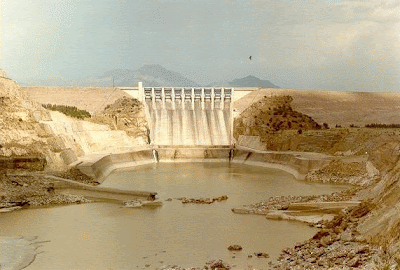Machu Picchu is a city located high in the Andres Mountains in modern Peru. Machu Picchu was rediscovered in 1911 by Hiram Bingham. Machu Picchu is comprised of approximately 200 buildings.
The city of Machu Picchu itself was built at the top of a granite mountain. The Incas, using ingenious engineering techniques, were able to transport heavy stone blocks up the mountain side, and once there, they used their excellent masonry skills to produce amazingly polished stones that fit together perfectly.
The citadel is divided into two sectors: the agricultural and the urban, where there are main squares, temples, palaces, storehouses, workshops, stairways, cables and water fountains which run through both sectors, which measure 20 and 10 hectares respectively. Ideal months for visiting Machu Picchu are from June to October as the weather is mild during this time of the year.
The citadel is divided into two sectors: the agricultural and the urban, where there are main squares, temples, palaces, storehouses, workshops, stairways, cables and water fountains which run through both sectors, which measure 20 and 10 hectares respectively. Ideal months for visiting Machu Picchu are from June to October as the weather is mild during this time of the year.










































